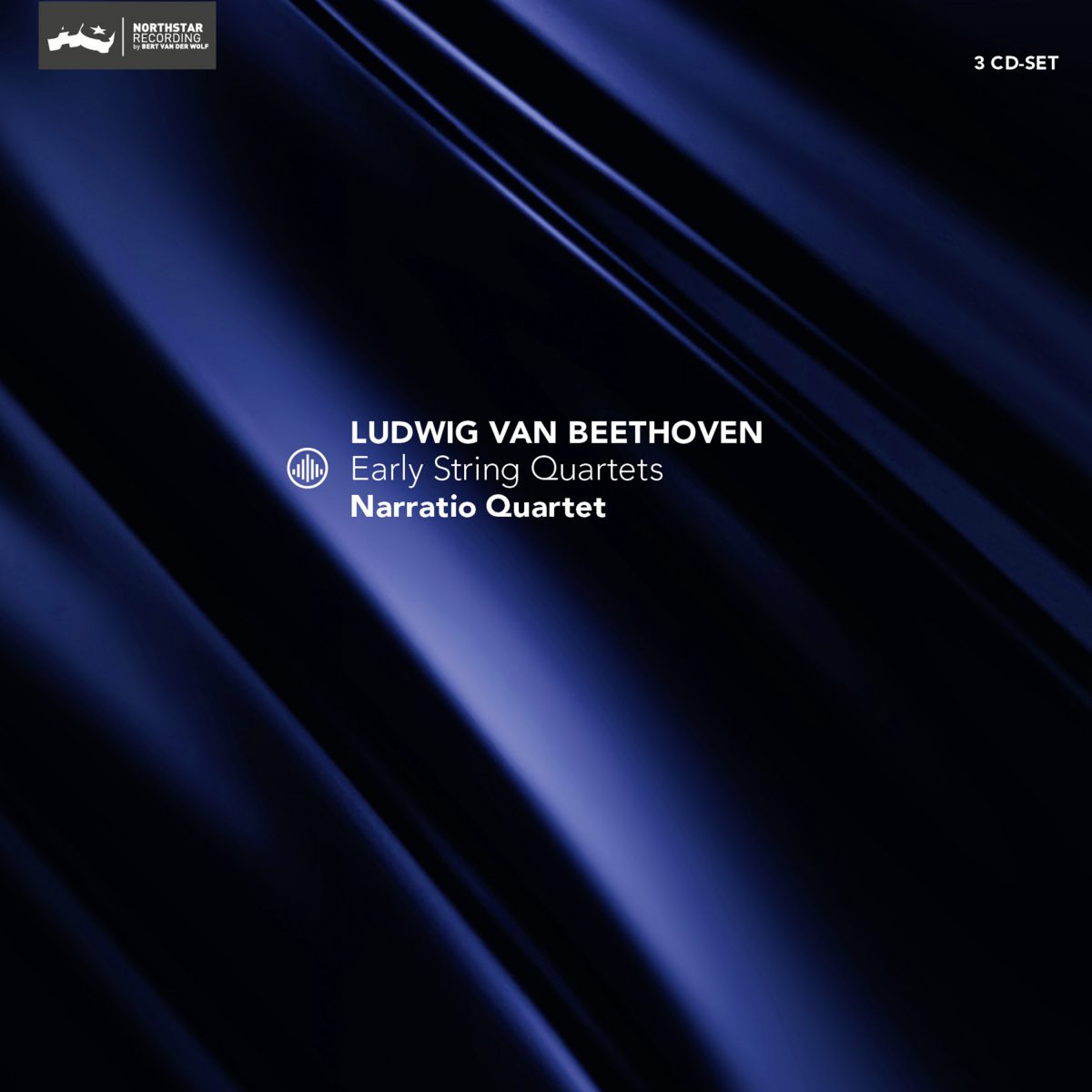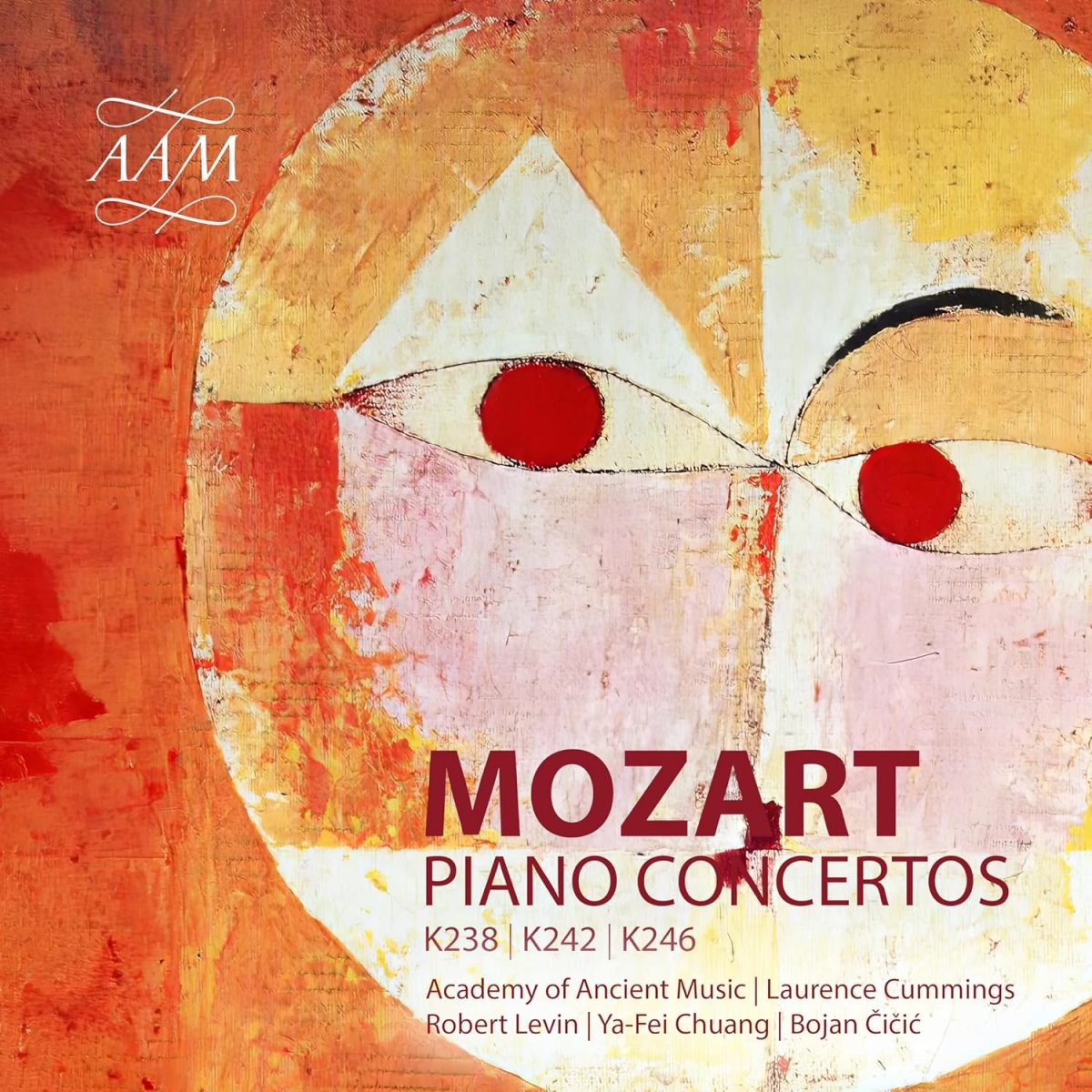Narratio Quartet
165:35 (3 CDs)
Challenge CC72969
Published less than five years apart, what a world of difference exists between the six opus 18 String Quartets of Beethoven and the similarly constituted opus 76 set of Haydn! While the latter are the supreme work of a man at the height of his powers, the man indeed responsible above all others for the creation of the form, opus 18 represent the entry into the field by a young man who had probably just reached 30 by the time he completed the set. And it had proved to be a far from an easy entry. We know because Beethoven himself admitted it – ‘Only now’, he wrote to a friend in 1801, the year of publication, ‘do I know how to write string quartets’.
This feeling of exploration and questing with a form accepted as arguably the most difficult to master is also very much a part of these performances by the Amsterdam-based Narratio Quartet. Playing on period instruments they have spent some fifteen years re-examining and working on the quartets in the context of the expressive performing traditions of Beethoven’s own time. These include a more flexible approach to tempo and rhythm than the strict, metronomic time-keeping we generally encounter today. The use of rubato was once a valuable expressive tool and is often used in harness with dynamic and other expressive markings. You can hear an example at the point of arrival of the secondary subject of the opening Allegro con brio of the F-major Quartet (no. 1), where the brisk opening subsides not only into a decrescendo and piano marking but also here an unmarked slowing of tempo, all combining to tell us we’ve moved into fresh territory. Less innovative is the restriction of vibrato to expressive use, a technique now employed by many instrumentalists and singers. Most radical of all is the use of portamento or glissando, the sliding of one note into another in imitation of the human voice. It is used for expressive purposes, but needs to be employed sparingly. Especially in slower music, it carries a risk of sentimentality if used excessively. Beethoven is reported to have liked it, particularly in his chamber music. The Narratios seem to me to have got it just right, with the technique used sparingly and always sensitively, with little impression of simply making a spectacular effect. You can hear a startling example right at the start of the first CD, in the opening of the D-major Quartet (no. 3), where Beethoven’s unexpectedly poetic opening seems to expect this kind of expression. Incidentally, the quartets are arranged in the order it was once thought they were composed: 3; 1; 2; 5; 4; 6. It is now disputed.
All this attention to such detail would be to little effect were the performances less perceptive than they are. Other more usual expressive devices such as dynamics and hairpin markings are keenly observed and I could find no tempo with which to take exception. But more importantly, the Narratios have for me captured the youthful essence and spirit of the six quartets to as near ideal an extent as can be humanly expected. Perhaps above all, it is the manner in which the wit and humour are embraced, a characteristic so frequently missing by those that would have Beethoven elevated to some kind of spiritual status. There are countless examples dotted through these performances, but I’ll highlight one. One of the most striking movements of opus 18 is the finale of the B-flat Quartet (no. 6), the structure of which has led some commentators to think in terms of an anticipation of the designs of the late quartets. It opens with an adagio marked La Malinchonia, an intensely inward passage almost entirely marked pp, it is played here with a rapt, intense inwardness brought to a halt by a fortissimo chord that quickly segues into a bright, witty triple-time movement marked Allegretto quasi Allegro. It is Beethoven laughing at us: ‘Ah, fooled you there, didn’t I?’ Wit, good humour and the dance now pervade the movement until a climax, led to in the present performance by an ever-quicker tempo subsiding to a dozen bars of the Adagio interspersed with four bars of triple-time. The coda brings a final example of these two extremes. You will find nothing comparable in the quartets on Haydn and Mozart; it is music that announces a musical revolutionary to whom the Narratio Quartet respond with compelling insight.
The quartet’s name refers to the art of rhetoric, the projection of which is tellingly apparent in these marvellously communicative performances. The continuation of the Narratio’s cycle can be awaited with the keenest anticipation.
Brian Robins









